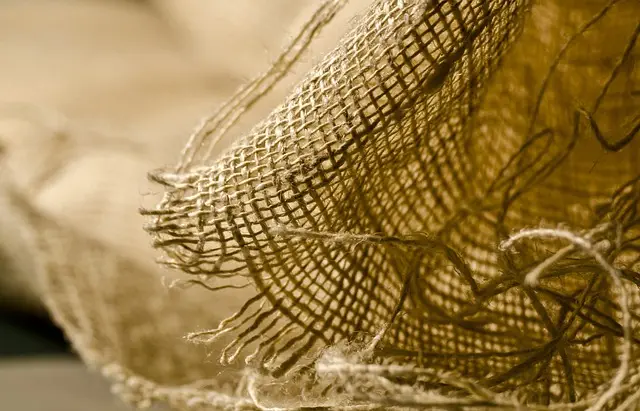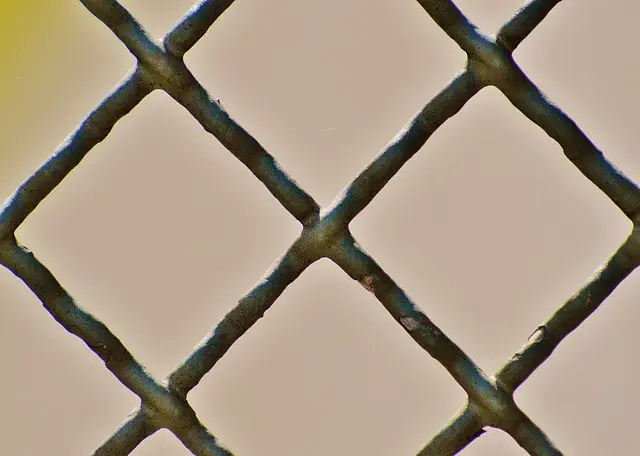Red Vein Thai exercises often lead to delayed onset muscle soreness (DOMS), which is characterized by muscle pain and inflammation appearing 24 to 72 hours post-exercise and can last up to a week. To mitigate this, it's crucial to understand DOMS' mechanisms and tailor workout routines that include a variety of movements from Red Vein Thai, proper warm-ups, cool-downs, stretching, and foam rolling to aid recovery. For acute soreness, lighter workouts are recommended to maintain muscle engagement without causing further strain. The article also explores the potential benefits of Red Vein Thai Kratom, a natural supplement containing alkaloids like 7-hydroxy mitragynine and mitraphylline, which may help with muscle relaxation and pain relief. It's important to consult healthcare providers before using this supplement. Additionally, the section emphasizes the importance of incorporating stretching, yoga, and active recovery practices into your fitness regimen to alleviate muscle soreness, improve flexibility, enhance performance, and expedite muscle healing. These practices not only aid in reducing soreness but also promote balance, posture, and mindful body awareness, making Red Vein Thai a holistic approach to exercise that supports recovery and growth. Overall, a balanced approach that includes Red Vein Thai, diverse exercises, proper stretching, and recovery methods can effectively manage muscle soreness and contribute to better health and fitness outcomes.
Engaging in regular physical activity is a cornerstone of maintaining health and well-being, yet muscle soreness can often hinder workout consistency. This article delves into the mechanisms behind muscle soreness and how it affects exercise routines. We’ll explore an innovative approach to designing personalized workout regimens that incorporate Red Vein Thai, a natural supplement proven to aid in recovery. Furthermore, we’ll discuss the integration of stretching, yoga, and active recovery techniques to enhance your training experience and mitigate soreness effectively. Join us as we navigate the path to resilient fitness without letting muscle discomfort dictate your exercise schedule.
- Understanding Muscle Soreness and Its Impact on Workout Routines
- Crafting a Customized Workout Plan with Red Vein Thai for Optimal Recovery
- Integrating Stretching, Yoga, and Active Recovery to Complement Your Training and Alleviate Soreness
Understanding Muscle Soreness and Its Impact on Workout Routines

Muscle soreness, often referred to as delayed onset muscle soreness (DOMS), can significantly impact an individual’s workout routine, especially when incorporating rigorous activities like those found in red vein Thai exercises. This phenomenon occurs due to microtraumas in the muscle tissues from unaccustomed or intense physical activity, leading to inflammation and pain. It typically presents within 24 to 72 hours post-exercise and can last up to a week. Understanding the mechanisms behind muscle soreness is crucial for tailoring workout plans that mitigate its effects while still fostering progress.
Incorporating a variety of movements, such as those in red vein Thai, into a balanced routine with proper warm-up and cool-down exercises can help prevent excessive muscle strain. Additionally, implementing stretching and foam rolling practices can aid in muscle recovery by enhancing circulation and reducing stiffness. For those experiencing acute soreness, it’s advisable to adjust the intensity and volume of workouts, focusing on lighter activities that maintain muscular engagement without overtaxing the affected areas. This approach ensures that individuals can continue their fitness journey without exacerbating soreness, thereby keeping their progress on track and their bodies in optimal condition for recovery and growth, as facilitated by red vein Thai’s holistic approach to exercise and well-being.
Crafting a Customized Workout Plan with Red Vein Thai for Optimal Recovery

When managing muscle soreness, a tailored workout plan that incorporates activities and recovery strategies can be highly beneficial. Among the natural supplement options available, Red Vein Thai Kratom has gained attention for its potential role in promoting optimal recovery. This botanical substance is known for its alkaloid profile, which includes 7-hydroxy mitragynine and mitraphylline, compounds that may influence muscle relaxation and pain relief. Incorporating Red Vein Thai into a workout regimen can be a strategic move for individuals experiencing post-exercise soreness. It’s advisable to consult with a healthcare provider before integrating any new supplement into your routine to ensure safety and appropriateness based on your health history.
A customized workout plan that leverages Red Vein Thai should focus on exercises that target muscle groups without causing excessive strain. This can be achieved by selecting movements that are less joint-intensive and incorporating dynamic stretching and flexibility exercises. Pairing these with the analgesic properties of Red Vein Thai can enhance recovery, potentially reducing soreness and expediting the healing process. Additionally, ensure your plan includes adequate rest days and hydration, as these are critical for muscle repair and overall well-being. By carefully combining exercise selection, supplement use, and recovery techniques, individuals can create a personalized workout routine that not only mitigates muscle soreness but also promotes long-term health and fitness.
Integrating Stretching, Yoga, and Active Recovery to Complement Your Training and Alleviate Soreness

Integrating stretching, yoga, and active recovery into your training regimen can significantly alleviate muscle soreness and enhance overall performance, particularly when paired with activities like engaging in a session of red vein Thai. Stretching serves as a pivotal component to maintain flexibility and promote blood flow to the muscles, which can expedite the healing process following intense exercise. By incorporating dynamic stretches that mimic your workout movements, you can prime your muscles for activity and reduce the onset of soreness. Yoga, with its comprehensive set of poses, not only improves balance and posture but also encourages a mindful connection with your body. Practices such as red vein Thai often incorporate yoga-like stretches that target key muscle groups, offering a holistic approach to recovery and flexibility.
Active recovery methods, including low-intensity activities like walking or cycling, can further aid in the removal of metabolic waste from the muscles, a process known as the “pump,” which contributes to post-workout soreness. These exercises maintain muscle activation while allowing for adequate rest, preventing atrophy and keeping the body ready for the next workout session. Engaging in red vein Thai, with its blend of yoga and light aerobic activity, can be an excellent form of active recovery, as it combines the benefits of both stretching and light cardiovascular exercise. By adopting a balanced approach that includes these practices, you can effectively manage muscle soreness and enhance your training outcomes.
muscle soreness can significantly impact an individual’s workout routine, necessitating a tailored approach to recovery. By understanding the origins of muscle soreness, one can effectively address it through a customized regimen. Red Vein Thai, a natural supplement option, plays a pivotal role in such plans by supporting recovery and mitigating discomfort. Enhancing this approach with targeted stretching, yoga, and active recovery exercises not only promotes overall well-being but also effectively alleviates soreness. Incorporating these strategies can lead to a more consistent and effective fitness journey, ensuring that muscle soreness is a temporary hurdle rather than an ongoing obstacle.






